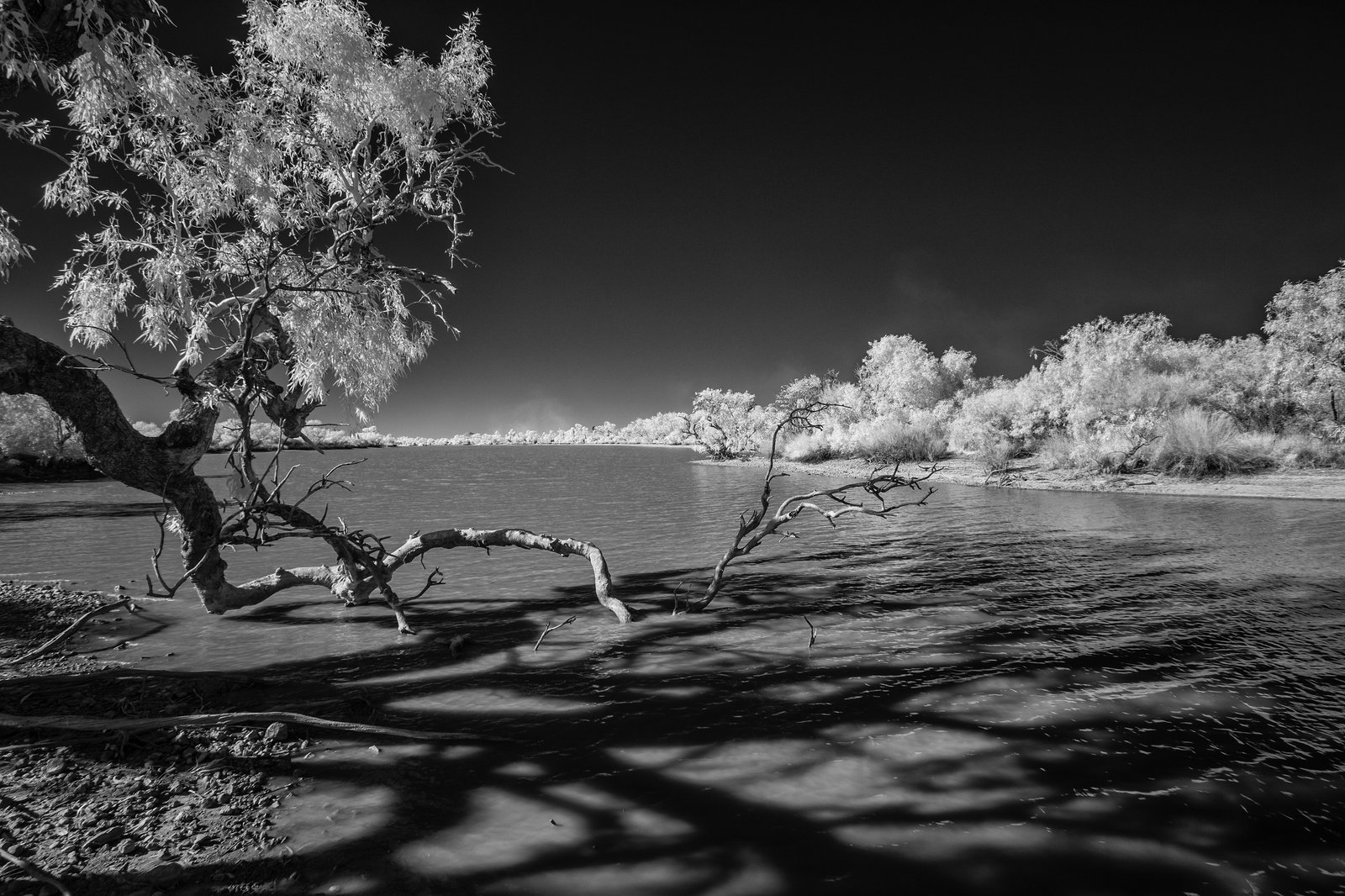Remembering massacres
Learn how colonial massacres became a defining strategy to eradicate active resistance from First Nations peoples defending their homelands, families, and resources.

The Unsettled curators thank Neenah R. Gray for her assistance with this section’s web pages.
Curators’ acknowledgement
“We pay our respects and dedicate the Unsettled exhibition to the people and other Beings who keep the law of this land; to the Elders and Traditional Owners of all the knowledges, places, and stories in this exhibition; and to the Ancestors and Old People for their resilience and guidance.
We advise that there are some confronting topics addressed in this exhibition, including massacres and genocide. Aboriginal and Torres Strait Islander peoples should be advised that there may be images of people who have passed away.”
Laura McBride and Dr Mariko Smith, 2021.
Remembering massacres
Killing became a defining colonial tactic used by government troops, police officers and even ordinary Australians, to retaliate against the resistance efforts of First Nations peoples defending their homelands, families, and resources.
These were not spontaneous acts of violence on the fringes of “civilisation” – rather these were typically planned and calculated reprisals.
In archival records “dispersal” is a recognised codeword throughout frontier Australia for the deliberate and indiscriminate killing of Aboriginal people in systematic and widespread attacks across Australia. Massacres exist in the memories of all First Nations communities today.













